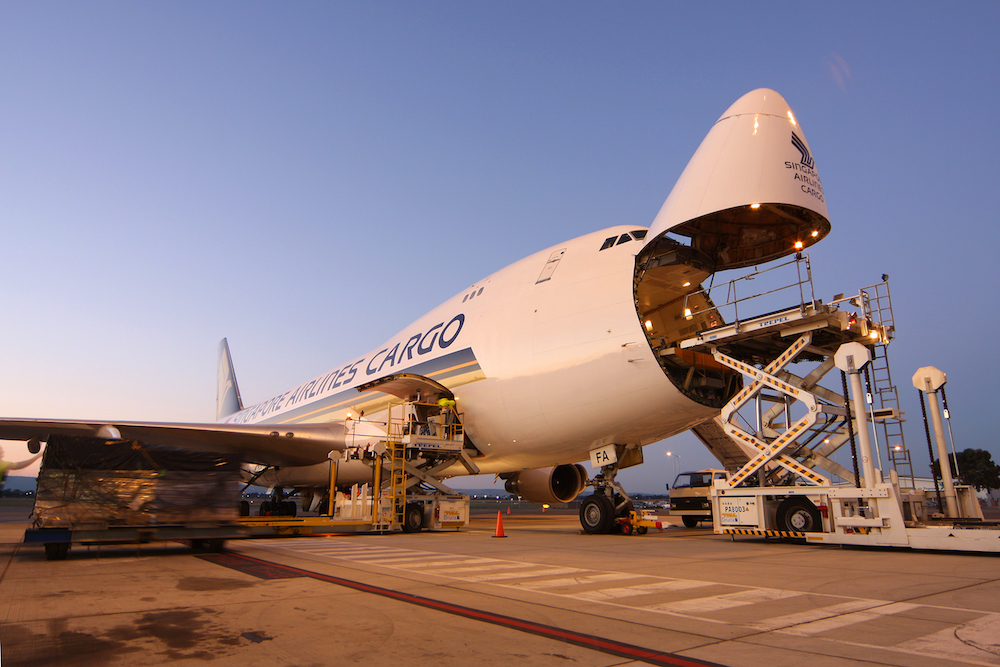Strong cargo demand helps Singapore Airlines cut Q3 loss
04 / 02 / 2021

Singapore Airlines Group narrowed its third-quarter operating loss, as a stronger cargo performance helped offset revenue loss from the pandemic-led collapse in passenger travel demand.
Releasing its financial results for the three months ending December 31, 2020, SIA Group reported an operating loss of S$331m ($248m). That compares with the S$449m operating profit it made the previous year.
However, this loss marked a better performance than the previous quarter, where it reported an operating loss of S$826m.
SIA Group reported a net loss of S$142m. It made a S$315m net profit for the same period the previous year.
Revenue for the quarter fell three-quarters to S$1.07bn, as the group’s airlines — comprising SIA, regional unit SilkAir, as well as low-cost subsidiary Scoot — all reported sharp decreases in passenger traffic.
The three carried just 195,000 passengers for the quarter, which was 98% lower year on year. Group traffic, as measured in RPKs, was also downl 98% on capacity cut 86%.
Still, the group noted that the global airfreight capacity crunch — a result of drastic cuts in flights globally — has led to improvements in cargo load factor and yields.
“In response to the continued strong demand for pharmaceutical and e-commerce shipments, and an uptick in general cargo demand, SIA added capacity by stepping up the frequency of passenger aircraft operating cargo-only flights and through the resumption of more passenger services. The utilisation of the freighter fleet was also maximised to deliver more cargo capacity,” SIA added.
Expenses for the period fell 65% to S$1.4bn, as SIA’s cost-saving initiatives — including capacity cuts — took effect. Net fuel cost fell 77%, to S$274m, thanks to capacity cuts and lower fuel prices.
On a nine-month basis, the group was S$2.2bn in the red at an operational level, while it reported a S$3.6bn net loss.
SIA Group disclosed in its half-year results that it took S$1.33bn in impairment costs from the early retirement of 26 aircraft, including seven Airbus A380s.
The group says that 95 of its 185-strong fleet are in operation, mostly operating passenger flights.
During the quarter, the group’s carriers gradually reinstated passenger services within their networks, covering 54 cities by the end of December 2020. It had been operating to 43 points at the end of September.
By the end of April, the group expects to operate a quarter of pre-pandemic capacity, an uptick on the 14% capacity it ended the last quarter with.
“The resurgence of Covid-19 infections as well as the spread of more transmissible strains of the virus continue to weigh on international air travel, as border controls and travel restrictions tighten in many countries,” SIA noted.
“Nonetheless, in line with Singapore’s progressive re-opening, the group expects to see a measured expansion of the passenger network over the coming months. We will continue to monitor the status of travel restrictions and adjust our capacity accordingly to meet the traffic demand.”














